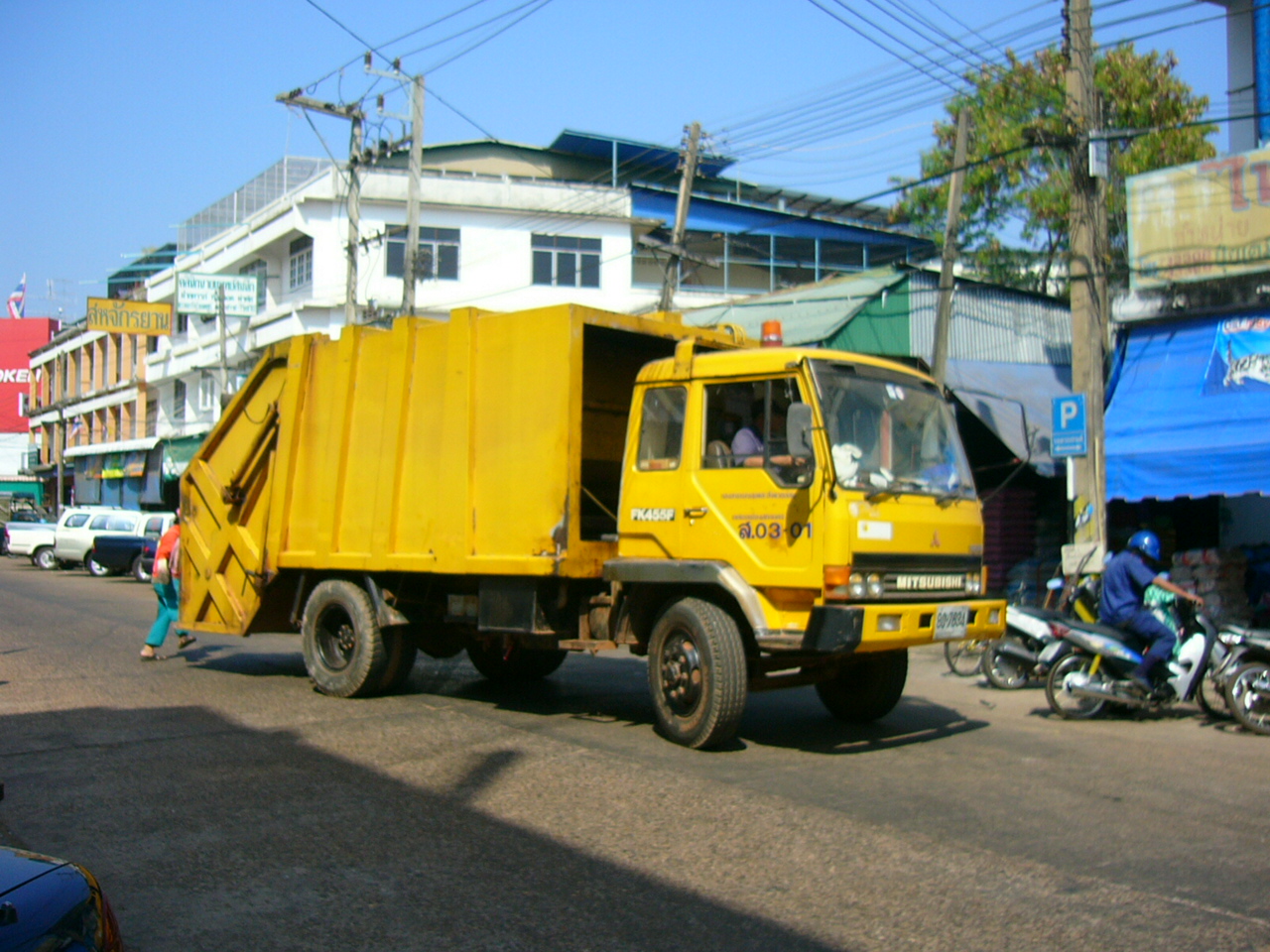Corrosive Wear on Waste Collection Trucks
Waste collection trucks
 Corrosive wear in waste collection trucks is a common problem that can result from a combination of factors, including the corrosive nature of waste materials, exposure to moisture and humidity, and the abrasive action of waste particles.
Corrosive wear in waste collection trucks is a common problem that can result from a combination of factors, including the corrosive nature of waste materials, exposure to moisture and humidity, and the abrasive action of waste particles.
Corrosive wear can lead to significant damage to the truck’s body and components, reducing its lifespan and increasing maintenance costs.
To prevent or minimize corrosive wear in waste collection trucks, several strategies can be implemented, including:
- Using corrosion-resistant materials: Waste collection trucks can be constructed with materials that are resistant to corrosion, such as stainless steel or aluminum. This can help to prevent or reduce the effects of corrosive wear.
- Applying protective coatings: Special coatings can be applied to the truck’s body and components to help protect them from corrosive wear. These coatings can be made of materials such as epoxy or urethane and can provide a barrier against moisture and chemicals.
- Regular cleaning and maintenance: Regular cleaning and maintenance of waste collection trucks can help to prevent or reduce the effects of corrosive wear. This includes washing the truck’s body and components with a high-pressure washer to remove any corrosive waste particles and inspecting the truck for signs of wear and damage.
- Implementing proper waste handling practices: Proper waste handling practices can also help to reduce the corrosive effects of waste on collection trucks. This includes separating corrosive materials from non-corrosive materials and ensuring that waste is properly contained and secured during transport.
By implementing these strategies, waste collection companies can help to extend the lifespan of their trucks and reduce maintenance costs associated with corrosive wear.
Contact us
Based on our experiences, we recommend waste collection companies to apply bio-enzyme or microbes on schedule basis. This good operation practices would,
- Ensure the lifetime of the truck engines and components.
- Reduce corrosive wear on truck bodies.
- Eliminate bad smell.
- Eliminate pest such as cockroaches and rats.
Every trucks have different capacity, daily operation, and community behaviours. Therefore, application, dosage, and methodologies of the microbes need to be customised accordingly. And, normally its recommended to trial for at least 2 to 4 weeks, before a Standard Operating Procedure is designed.
email : sales [at] cemax [dot] com [dot] my whatsapp : +60 16 207 5400


